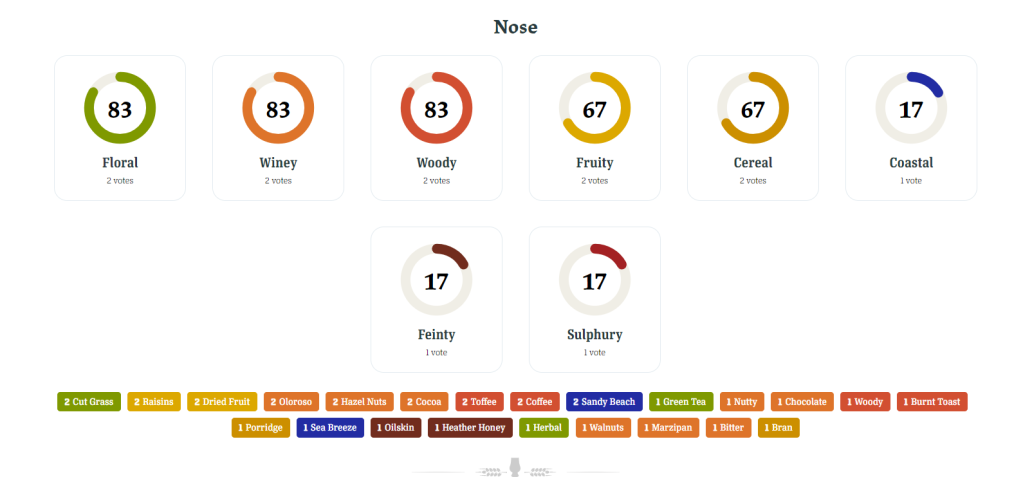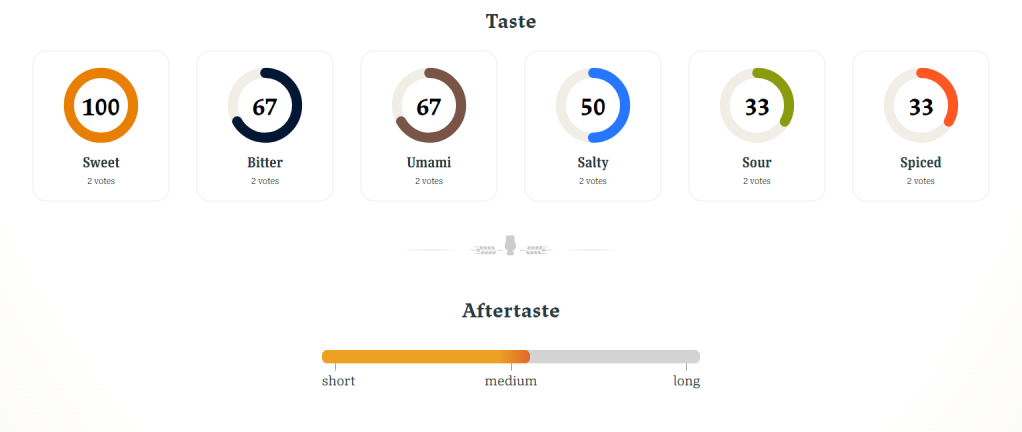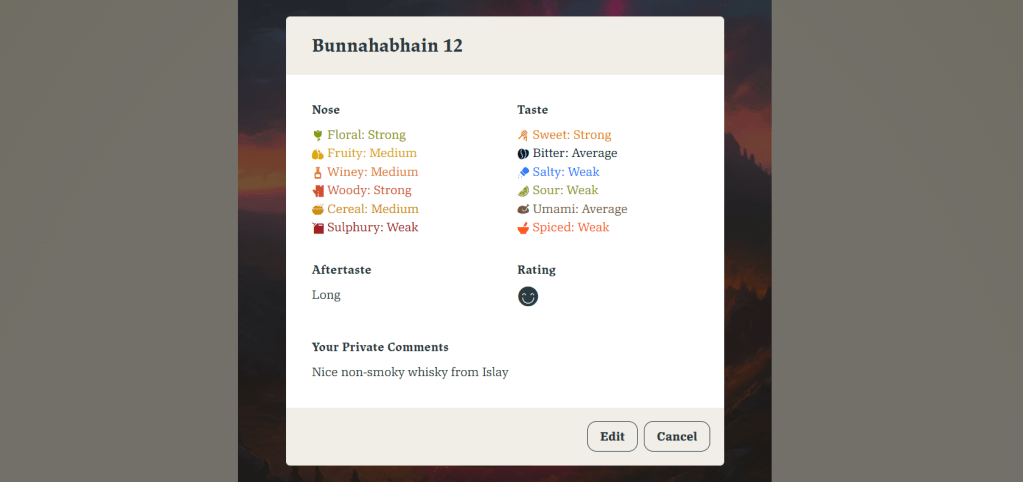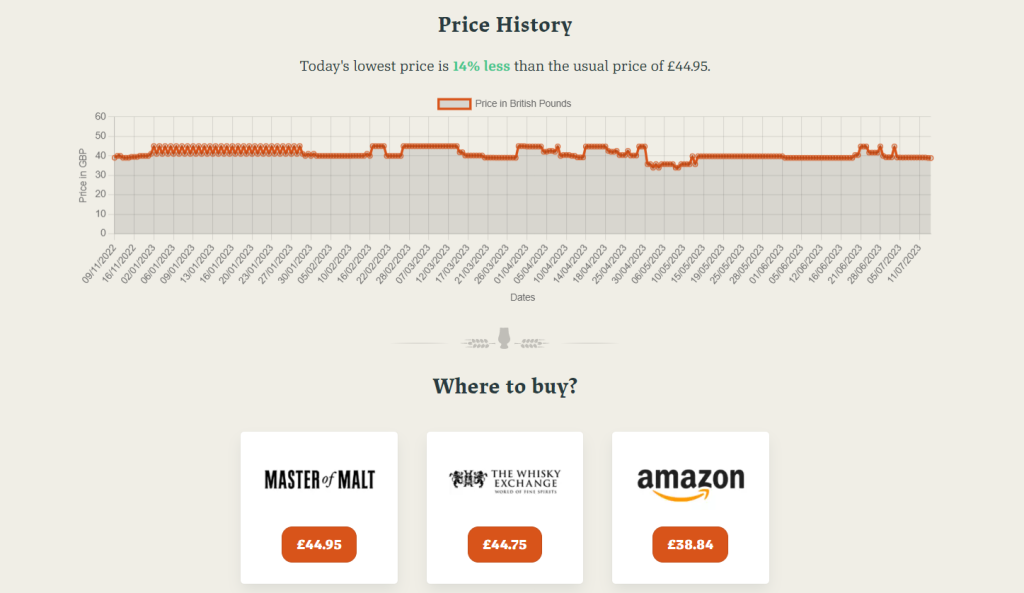Whisky300 | How to identify whisky flavours and aromas?

Welcome, whisky enthusiasts and those curious about the world of whisky!
First, I would like to answer the question that brought you to this blog article.
Here’s a step-by-step guide on how to identify whisky flavours and aromas:
- Choose a Suitable Glass: Select a tulip-shaped or Glencairn glass that allows the aromas to concentrate at the top.
- Observe the Whisky’s Appearance: Hold the glass to the light and examine the whisky’s colour, clarity, and viscosity. Note any variations, such as the shade of amber, which can provide clues about the ageing process.
- Begin with the Nose: Gently swirl the whisky in the glass to release its aromas. Take a moment to inhale the scents and try to identify any initial impressions or dominant notes. Common aromas include fruits, spices, vanilla, floral, or smoky tones.
- Take Note of the Strength: Assess the whisky’s alcohol strength or “ABV” (alcohol by volume). Higher ABV can sometimes mask or alter the aromas. If needed, add a small amount of water to lower the ABV and release additional aromas, but we suggest doing this after you have tried it neat.
- Engage Your Sense of Smell: Place your nose close to the rim of the glass and take short, gentle sniffs. Identify different layers of scents and pay attention to any specific notes that stand out. Take your time to explore the complexities.
- Analyse the Palate: Take a small sip and let it coat your entire palate. Pay attention to the initial taste and the flavours that develop afterwards. Try to identify various flavour components such as sweetness, bitterness, spiciness, fruity notes, or hints of oak.
- Consider the Mouthfeel: Notice the texture of the whisky in your mouth. Is it light or full-bodied? Is it smooth or oily? These characteristics can affect your overall tasting experience.
- Assess the Finish: Focus on lingering flavours and sensations after swallowing. Is the finish long or short? Are there any new flavours that emerge? Please pay attention to the aftertaste and how it evolves.
- Take Notes: Keep a tasting journal or use a whisky flavour wheel to jot down your observations. This can help you remember and compare different whiskies over time.
- Practice and Compare: To develop your palate, try tasting a variety of whiskies from different regions, age ranges, and production styles. You’ll become more familiar by comparing and contrasting flavours and aromas.
Tasting whisky is a subjective experience, and everyone’s palate is unique. It takes time and practice to refine your ability to identify and articulate the specific flavours and aromas in whisky. Now if you are looking for some help and want to train your olfactory and tasting skills but are not sure where to start, please allow me to introduce you to whisky300.com
Discovering Whisky Based on Flavors and Aromas

Whisky300 is a new website offering an innovative whisky education and exploration approach. Unlike other whisky review websites, Whisky300 strives to change how we explore and appreciate the legendary drink beyond brands and distilleries. Instead, they highlight each bottle’s unique flavours and aroma profiles.
Whisky300 features an extensive database of descriptors that range from smoky and peaty to fruity and floral. Users can easily find a curated selection of whiskies that match their preferences by selecting their desired characteristics. This personalised approach makes the whisky discovery process an exciting and less overwhelming adventure.
Furthermore, the platform categorises whiskies based on their aroma and flavour profiles, making it easy for users to find their preferred taste. For example, if you like winey or fruity aromas and sweet or sour flavours, whisky300 filters your flavour and aroma preferences and give you a list of whiskies previously voted by other users. Unlike other websites, whisky300 is not focused on the opinion of one whisky guru but on community wisdom when building flavour profiles.

You can also filter your search per region, country, type of whisky (single malt, blended, etc.) and type of casks used during the maturation process (Bourbon, wine, sherry, etc.) It’s worth noticing that a big percentage of the whisky’s flavour comes predominantly from the cask, so the platform also features a dedicated section explaining several casks and how they might influence the taste of whisky.
Educational Resources for Whisky Enthusiasts
Whisky300 provides information about specific whiskies and a variety of educational resources. With informative articles about the flavour of whisky, peat and smoke, and whisky history. Whisky300 equips users with the necessary tools to become more knowledgeable and confident in their appreciation of whisky. This dedication to education, flavour, and aroma identification allows users to find whiskies based on flavour and aromas rather than brands, distilleries or age statements.
Build your Whisky Tasting Journal

The platform also offers the chance to build your whisky-tasting journal, where you will have a historical record of all the whiskies you have submitted flavour profiles. So, you can always come back and remind yourself about specific whiskies, flavours, aromas, aftertaste (long or short), your mark (like, dislike, neutral) and a section to write private notes and complementary information you consider appropriate.
Price tracker tool and suggestions on where to buy

Being the above not cool enough, whisky300 also offers a very convenient price tracker tool that identifies if the price is lower or higher than the average historical price. Currently, they provide an alternative to purchasing the whisky directly from three online whisky retailers such as Master of Malt, The Whisky Exchange and Amazon.
Conclusion
If you’re looking to explore the world of whisky in a new and innovative way, Whisky300 is the perfect resource. This website shifts the focus from brands and distilleries to the complex flavours and aromas that make each whisky unique. With an extensive database of tasting notes, educational resources, and a thriving community, Whisky300 offers something for both seasoned whisky enthusiasts and beginners. Immerse yourself in the virtual realm of flavour exploration and uncover the hidden treasures of whisky with Whisky300.
Slàinte mhath!
